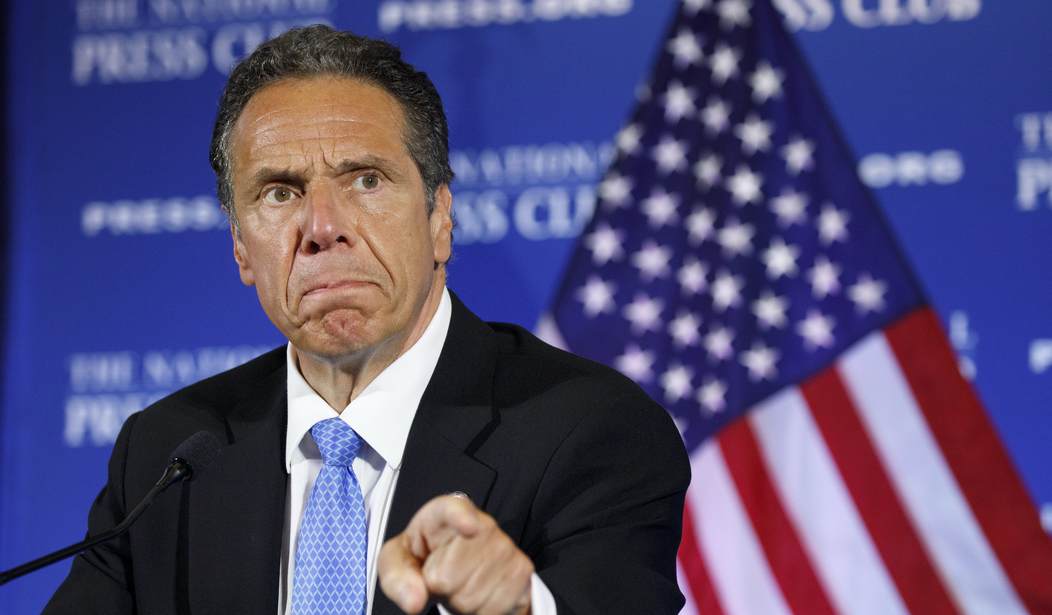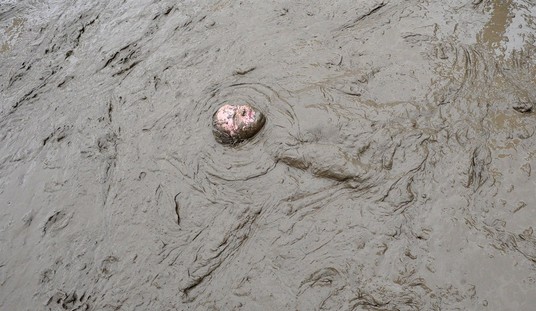Last week, I covered the story of New York Governor Andrew Cuomo’s Chief of Staff, Melissa De Rosa, admitting that the NY State Department of Health had intentionally reported inaccurate data on the number of COVID-19 deaths of nursing home patients because it was fearful that the accurate data would be used against the Cuomo Administration in a federal investigation. On August 26, 2020, the U.S. Department of Justice issued a press release in which it stated that it was considering whether to open a formal investigation by the Civil Rights Division to look into the manner in which New York had handled the spread of COVID-19 to nursing homes. At that time, DOJ was only seeking data from four states that had suffered unusually high fatality rates from COVID on a per capita basis — New York, New Jersey, Pennsylvania, and Michigan.
For several months prior to that, New York had been hiding the total number of fatalities among nursing home patients by listing only patients who died while still residing in their nursing homes and excluded from the data those who were nursing home patients but had died in hospitals or other care facilities while undergoing treatment.
The DOJ investigation being contemplated, which the Cuomo Administration was attempting to avoid, would have looked at whether the civil rights of nursing home patients had been violated as they were persons protected by the “The Civil Rights of Institutionalized Persons Act.” That federal civil rights statute protects institutionalized persons from the gross neglect and misconduct of state officials who run the institutions where they are housed.
Today, the Albany Times Union is reporting that the FBI and the US Attorney’s Office for the Eastern District of New York have now entered the investigation. If true, this is a significant development:
The FBI and the U.S. attorney’s office in Brooklyn have launched an investigation that is examining, at least in part, the actions of Gov. Andrew M. Cuomo’s coronavirus task force in its handling of nursing homes and other long-term care facilities during the pandemic, the Times Union has learned.
The probe by the U.S. attorney’s office in the Eastern District of New York is apparently in its early stages and is focusing on the work of some of the senior members of the governor’s task force, according to a person with direct knowledge of the matter who is not authorized to comment publicly.
The significance here is that the investigation which was being contemplated back in August 2020 was a civil matter. The “Civil Rights of Institutionalized Persons Act” is a statute that allows the Attorney General to sue state officials in civil actions for the purpose of obtaining a court order that the policies being challenged be changed so as to protect the civil rights of the persons being housed.
When the FBI shows up, that tells you the stakes have changed — there is no “Civil Division” in the FBI. The FBI’s mandate involves only criminal matters.
By presenting false data that understated the number of deaths of nursing home patients the Cuomo Administration made it more likely that the Attorney General would not initiate action in federal court to force the Cuomo administration to change its policies. Infamously, on March 25, 2020, the Cuomo Administration ordered that nursing home patients who tested positive for COVID-19, but who were stable, had to be accepted back by their nursing homes even if they were still testing positive for the virus. That policy was reversed less than two months later, but the New York Attorney General’s Office issued a scathing report that pointed out the likelihood that the policy has resulted in more nursing home deaths than had been reported — as much as 50% more. This particular subject was addressed specifically just three weeks ago by Health Commissioner Howard Zucker in a lengthy statement challenging the Attorney General’s report — and characterizing the finding that DOH undercounted deaths as a misnomer.
“The word ‘undercount’ implies there are more total fatalities than have been reported; this is factually wrong,” Zucker said. “In fact, the OAG report itself repudiates the suggestion that there was any ‘undercount’ of the total death number. The OAG’s report is only referring to the count of people who were in nursing homes but transferred to hospitals and later died.”
Zucker said DOH is currently auditing data from nursing homes to get an accurate count of how many people have died in nursing homes versus in hospitals.
It was against that exact backdrop that Cuomo’s Chief of Staff De Rosa made her confession last week to Democrat state lawmakers that the NY Department of Health had intentionally undercounted deaths by not including deaths in hospitals as part of the “nursing homes deaths” because the matter of nursing home deaths was under federal scrutiny.
De Rosa’s admission establishes that there was a deliberate effort among Cuomo Administration officials to prevent accurate data from reaching the Justice Department.
Title 18, United States Code, Section 1519 states:
Whoever knowingly alters, destroys, mutilates, conceals, covers up, falsifies, or makes a false entry in any record, document, or tangible object with the intent to impede, obstruct, or influence the investigation or proper administration of any matter within the jurisdiction of any department or agency of the United States or any case filed under title 11, or in relation to or contemplation of any such matter or case, shall be fined under this title, imprisoned not more than 20 years, or both.
In an effort to explain why the Cuomo Administration has been unwilling to provide data on nursing homes deaths to the legislature, De Rosa is quoted as telling NY lawmakers:
“Because then we were in a position where we weren’t sure if what we were going to give to the Department of Justice, or what we give to you guys, what we start saying, was going to be used against us while we weren’t sure if there was going to be an investigation.”
It is not known at this point whether New York provided DOJ with accurate data on nursing homes deaths in August 2020 when DOJ’s Civil Rights Division made the request.
If New York did not, and if the information provided was knowingly false, De Rosa’s statement goes a long way to show that the intent in doing so was to “impede, obstruct, or influence” that investigation.
The second shoe to drop will involve the question of “Who was involved?” in making the decision to respond in that fashion. The answer to that question begins to provide the size and scope of a likely conspiracy among the administration officials to obstruct the DOJ investigation.
A criminal investigation means grand jury subpoenas, criminal defense attorneys, plea bargains, and immunity deals.
New York is a state riven by political factions within the Democrat Party. Cuomo is a legacy governor of one of those factions. But there are many other political factions in New York that would like to see him replaced by someone more to their liking.
Don’t think for a minute that because Democrats now run DOJ that Cuomo will get a pass. There are plenty of Democrat politicians in NY and DC who would see their own prospects brighten in the event of Cuomo’s fall. This is a circumstance where the knives probably come out for Cuomo, and someone gets his scalp. He knows that, and that is why his response to criticism from other Democrats has been so strident.
The nursing home scandal is probably of a kind that can’t be ignored until the issue fades away. Too many may have died unnecessarily for that to happen.















Join the conversation as a VIP Member